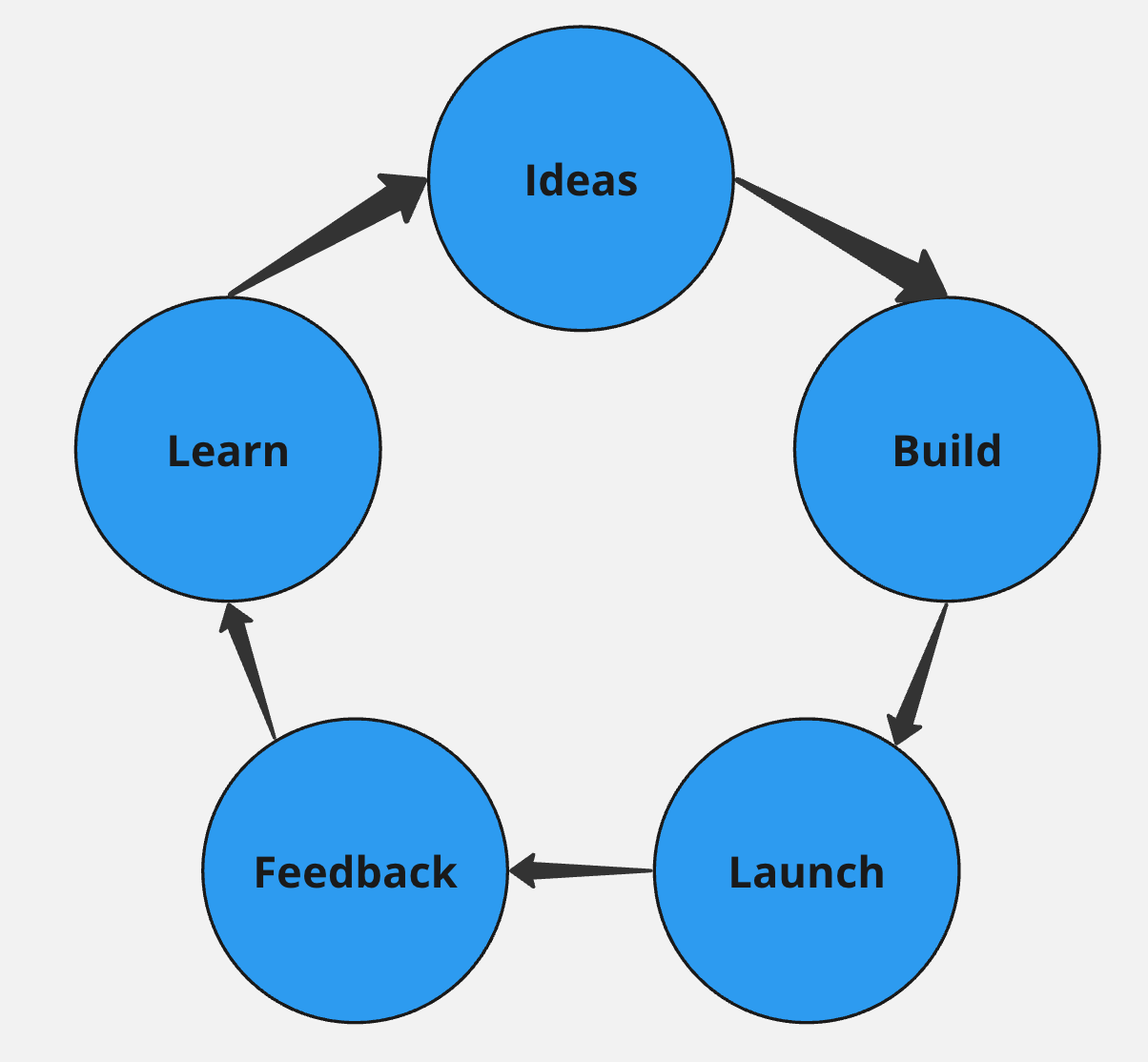"An MVP is not the start of a product, but the start of a learning journey."
The concept of the Minimum Viable Product (MVP) has become a cornerstone in the startup world, championed for its focus on lean development and swift market entry. However, the essence of an MVP is often clouded by prevalent myths and misconceptions. Misunderstanding what constitutes an MVP can lead potentially innovative startups astray, encouraging rushed development that overlooks the critical aspects of customer feedback and market validation. Over the coming weeks, this series aims to demystify what an MVP really entails. By redefining what makes an MVP, we equip entrepreneurs to use this powerful tool not just for speed, but for smarter, strategic product development that truly meets market needs.
Support on Substack for less than one coffee per month – your subscription helps us donate to The Children’s Heartbeat Trust in Belfast ❤️ and unlocks all our premium content.
What is an MVP?
Contrary to popular belief, an MVP is not just about hastening a product to market with the bare minimum features. The true goal of an MVP extends beyond mere speed as it is about validation and learning. A proper MVP helps startups validate assumptions with minimal resources, thereby maximising learning and minimising wasted efforts. Eric Ries, who popularised the term for web applications, describes an MVP as the tool that facilitates the deepest learning about customers with the least effort.
Insights from Industry Practices on MVPs
1. The Agile Developer’s Viewpoint
A seasoned software developer, with extensive experience in agile methodologies, emphasises that an MVP should focus on core functionalities that directly address user problems. The developer suggests that startups should iterate based on user feedback rather than preemptively adding features based on assumptions.
Actionable Tip:
Implement feedback mechanisms like surveys or user testing sessions early in the development process to capture real-time responses from your initial users.
Using this approach, there is typically 4 critical steps such as:
Ensure you have a problem with solving
Define the smallest possible solution
Build and validate your MVP at small scale
Then verify at large scale
2. The Startup Consultant’s Approach
A well-known startup consultant advises that the key to a successful MVP is not the number of features but the quality of the solution to the problem it addresses. They recommend starting with the most significant pain point and building outwards, ensuring each feature directly enhances the user’s experience and solves a real issue.
Actionable Tip:
Focus group discussions can be invaluable. Gather a small group of potential users to discuss the main issues they face with current solutions before defining your MVP’s scope.
3. The Product Strategist’s Method
Drawing from years of product strategy, another expert proposes using competitive analysis to set the groundwork for an MVP. By understanding what competitors fail to offer, startups can tailor their MVPs to fill these gaps effectively, thereby securing a unique market position early on.
Actionable Tip:
Conduct a SWOT analysis (Strengths, Weaknesses, Opportunities, Threats) comparing your initial MVP idea against the top three competitors to identify strategic advantages and potential gaps.
The insights gained from a thorough competitive analysis and SWOT assessment lay the foundation for constructing an MVP that not only enters the market but stands out in it. Understanding where competitors fall short allows startups to focus their minimal resources on creating a product that addresses unmet needs, establishing a strong initial market presence. This strategic approach ensures that every feature added is necessary and directly contributes to a lean yet effective solution, maximising both learning opportunities and market impact.
Building a Robust MVP: Practical Insights
Subscribe for less than one coffee per month – your subscription helps us donate to The Children’s Heartbeat Trust in Belfast ❤️ and unlocks all our premium content.
Keep reading with a 7-day free trial
Subscribe to Invisible Founders to keep reading this post and get 7 days of free access to the full post archives.






